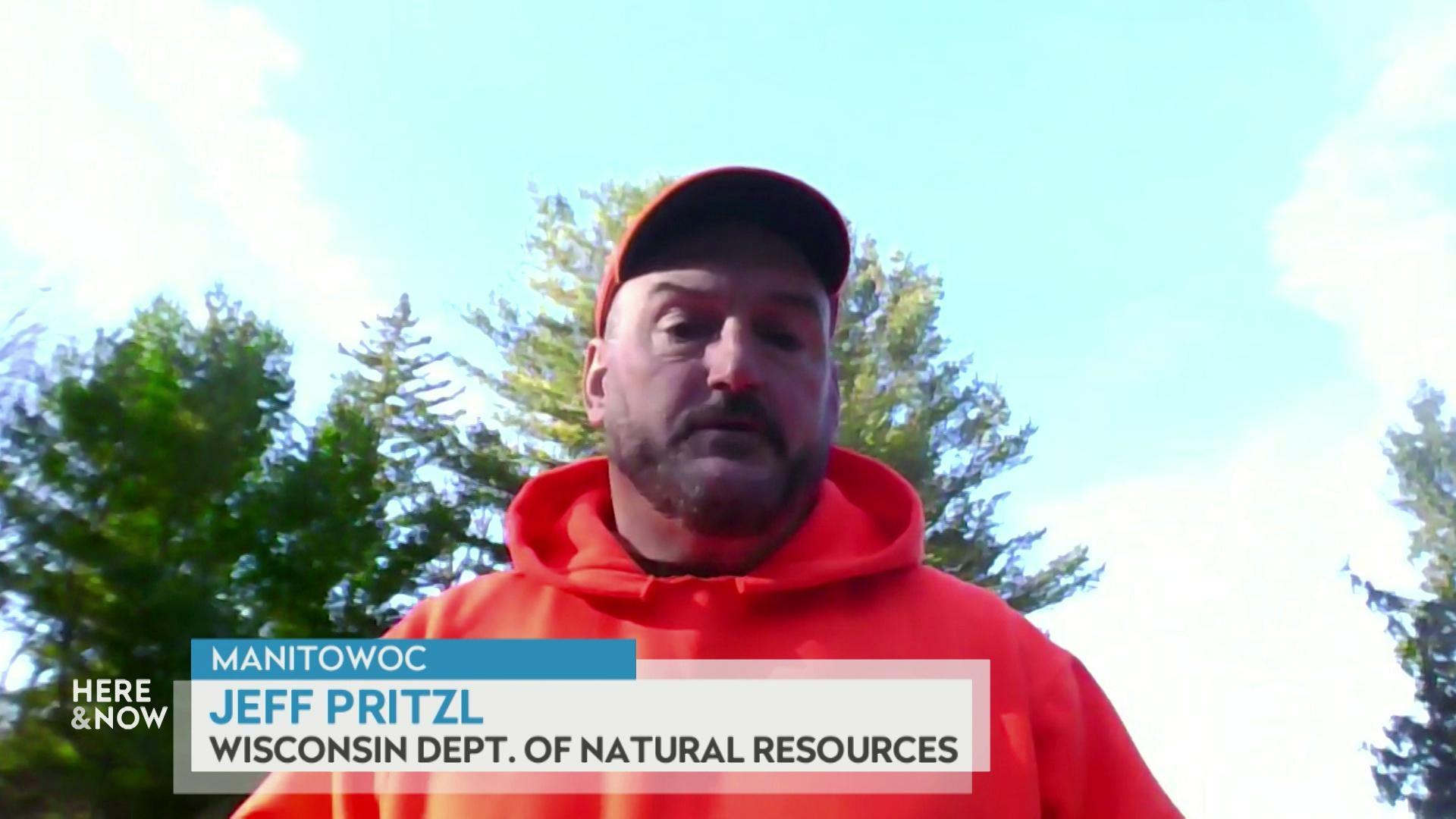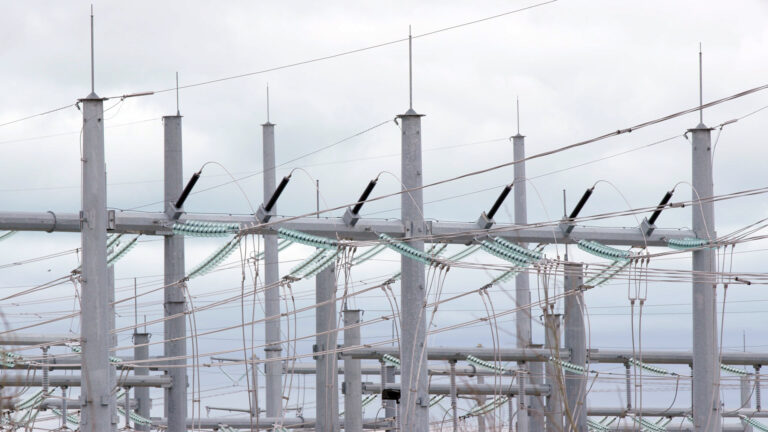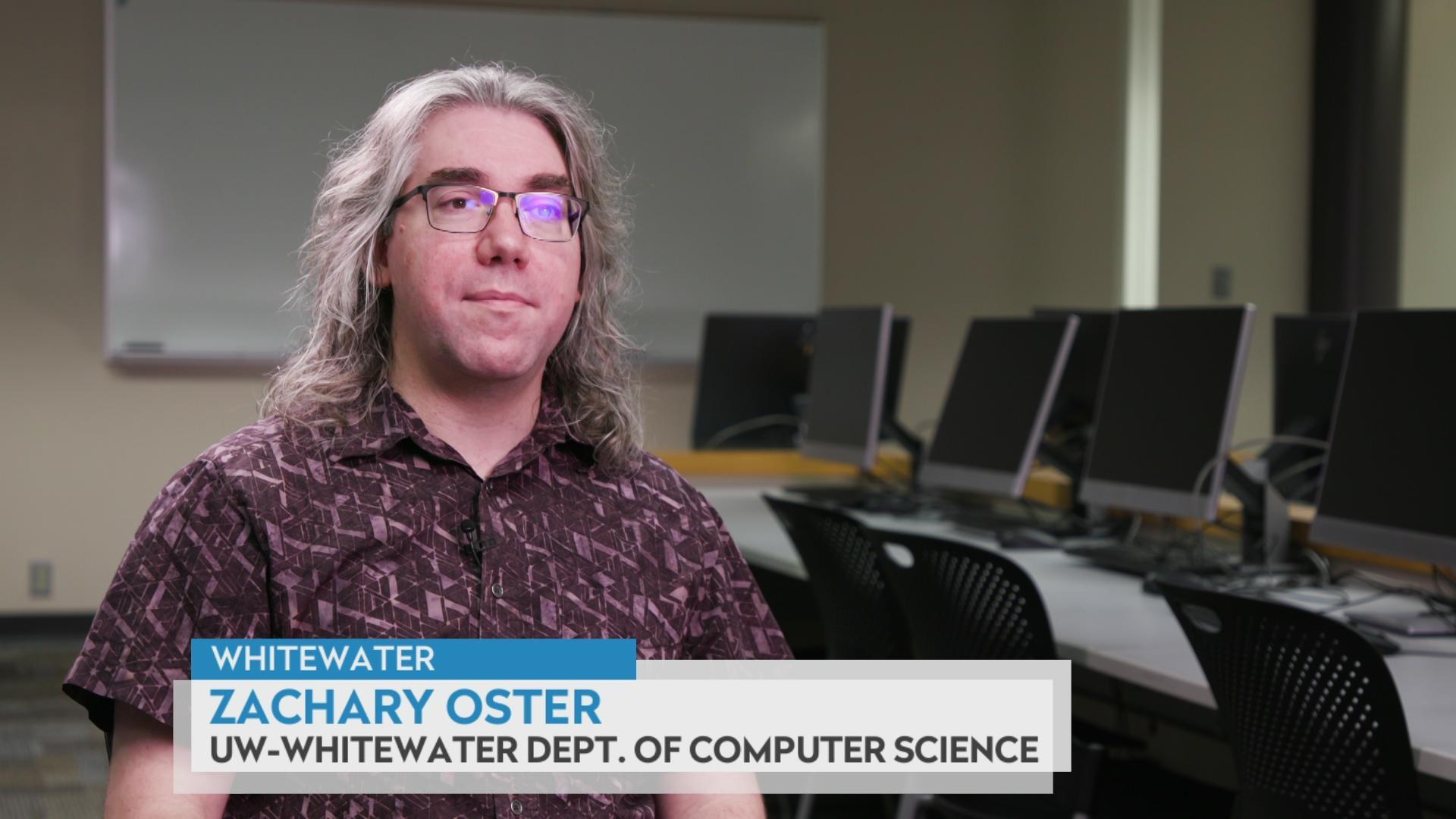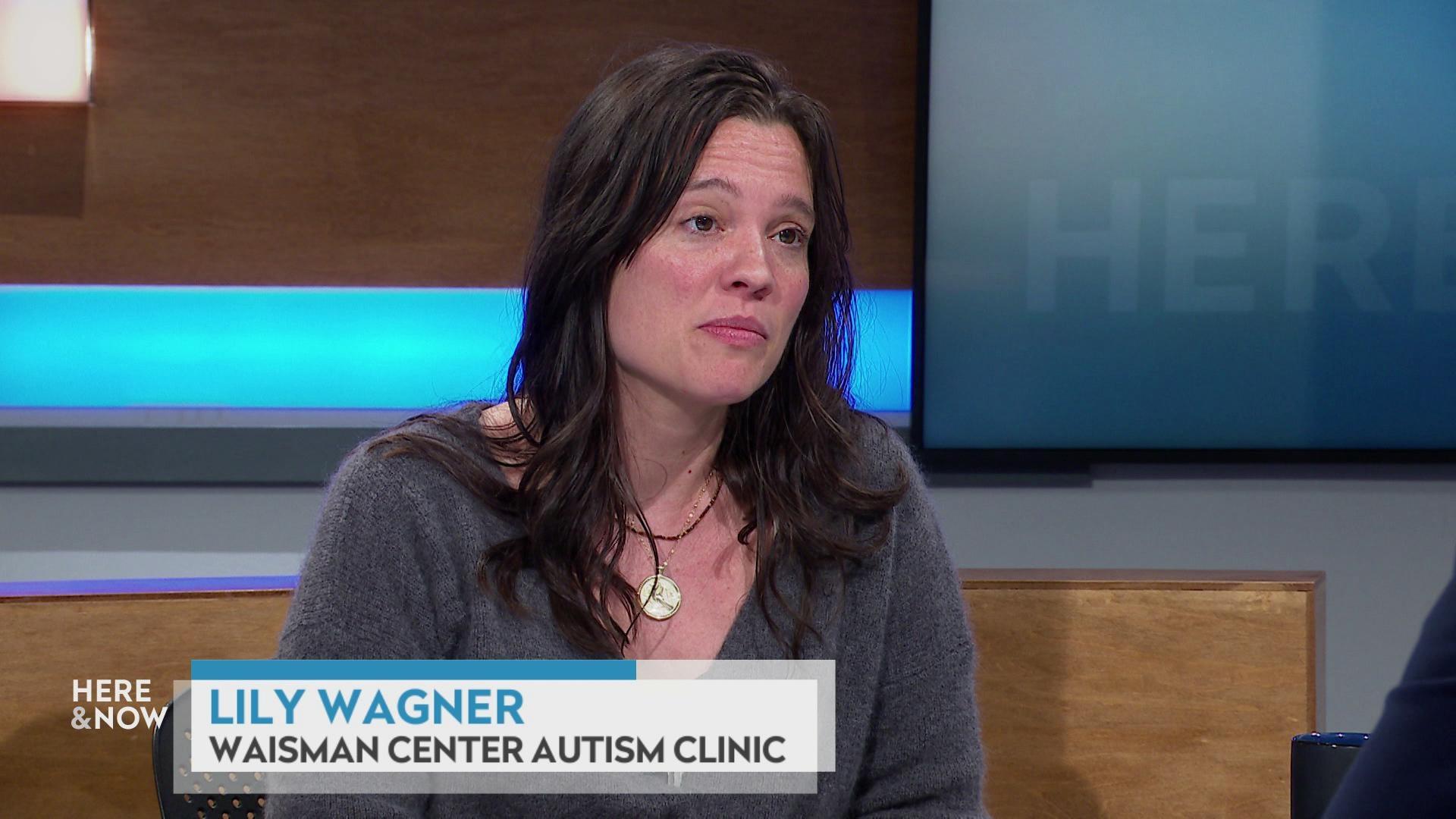Laura Albert on researching impacts of ballot drop box sites
UW-Madison systems engineering professor Laura Albert explains research into how the number and location of absentee ballot drop boxes in a community impacts voter turnout and election administration.
By Steven Potter | Here & Now
October 24, 2024
VIDEO TRANSCRIPT
Laura Albert:
So we started thinking about municipalities that would use many drop boxes, which are cities because that's where the science is most interesting when we're looking at identifying where to locate many drop boxes in that network. Then we started thinking about, what are the criteria for how to evaluate if those drop box locations are the right ones? And there's a few different criteria, as there are on many important applications that involve the public. We want the drop boxes to be convenient to voters and we also want them, all things being equal, to be located to voters who need them the most. So this might be in areas where those voters might have to travel further to their in-person polling location, or maybe there's lower rates of car ownership, or just lower overall voter participation rates. Then we also looked at the cost of drop boxes. So, in our research we always assumed that municipalities were investing in very secure drop boxes — and they're expensive and in many locations — if there's not already surveillance there, that would be an additional cost of adding in the surveillance to that. One of the biggest costs that we overlook is the actual daily collection cost of having to pick up those ballots. So, just like the mail, the ballots are collected daily up to an election and typically it's a bipartisan team that collects those ballots. So, in a large city where they have a dozen or a couple dozen drop boxes spread around throughout a city, that collection time is really significant and election officials have a lot of other things to do leading up to an election. And so this is where the science is very practical in that it helps us make best use of our public resources and our tax dollars going to managing elections. It helps minimize that collection time and that frees up election officials to do the many other tasks that they have to do. And that's what we studied in our paper. We found out that we can actually make a real difference there.
Steven Potter:
OK. Tell me more about exactly what you studied and what your focus was. Did you have a hypothesis going in or — tell me about that.
Laura Albert:
Yeah, so we study mathematical optimization, and specifically integer programming. So we had an hypothesis that we could kind of come up with a tool that could give different plans to locate drop boxes that would perform well across different criteria. We developed that model and then we just populated it with real data to draw some conclusions. So, one thing that's helpful is to not just give one best answer, but to give a series of answers with different numbers of drop boxes so that real decision makers can understand what some good options are, and then humans can make the final decision.
Steven Potter:
So, you really aimed at trying to figure out what would be most effective in using drop boxes?
Laura Albert:
Yep.
Steven Potter:
By where they were placed and how many?
Laura Albert:
Absolutely.
Steven Potter:
OK. OK.
Laura Albert:
Yeah.
Steven Potter:
So what'd you find?
Laura Albert:
Yeah, so it was pretty exciting in that we found that, well some of the research involves a lot of theory and algorithms, which is really exciting too. So, we need to be able to solve these complex problems very quickly and the inner engineer in me really finds that exciting and beautiful. The practical takeaway in what we found was that we could locate drop boxes in ways that would really substantially reduce the time to collect the ballots, which enables drop box officials to do all the many election-related tasks. This could be part of a plan that could be used forward by different cities to locate drop boxes. We also found that with increasing legislation on drop boxes that have extra requirements, this makes locating drop boxes very difficult. And this is where you might want to use math and analytics to help locate drop boxes. Now we have a tool that can help different cities and municipalities comply with those requirements.
Steven Potter:
So you've created this tool. Where does it go from here?
Laura Albert:
Well, we've continued some research and hopefully we'll get the word out about this research. We've studied specifically — some of the recent research is studying the security of mail-in voting. So that's not specific to drop boxes, but drop boxes are really integral to absentee voting, and absentee voting is very popular. We talked about it a lot in the 2020 election, but over the last few decades, absentee voting has grown in popularity over time. I vote absentee quite a bit and I'm sure a lot of viewers vote absentee as well. Election officials really have to plan for these two elections: in-person and absentee. When we study the absentee voting, it happens over days leading up to an election. There can be mail delays, there can be people that forget to sign their ballots, there can be a lot that happens. So, we wanted to understand how we can evaluate if that voting-by-mail system is operating well and what are the criteria. We studied the different final ballot states that can occur. So, a final ballot state, the one that we want, is that vote, that ballot to arrive on time. We want it to be counted and we want it to be unaltered and not tampered with. And not all of those things are always true. So, once we built this model, we could use these existing threat vectors that have been published in the research and understand how those can affect the voting-by-mail system. We found when looking at the countermeasures and mitigations that we can plan for is that there were two aspects of voting by mail that are really important for having safe elections. The most important factor was drop boxes. And the second most important factor was having these automatic notification system to voters. This is because when you vote by mail or you vote absentee, those ballots are rejected at a much higher rate than when you vote in person, because there's additional steps that voters have to take. Like, in Wisconsin you have to sign your ballot, you have to have a witness, and many voters just forget one of those steps. And what happens is that if a voter is notified and knows that their ballot isn't counted, they can request a replacement ballot and vote again. In that case, they often don't have time to pop that replacement ballot in the mail because there's not enough time before an election — it won't arrive on time. And this is where our drop box has become such an important solution to having elections and having those ballots count.
 Passport
Passport











Follow Us